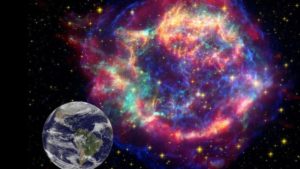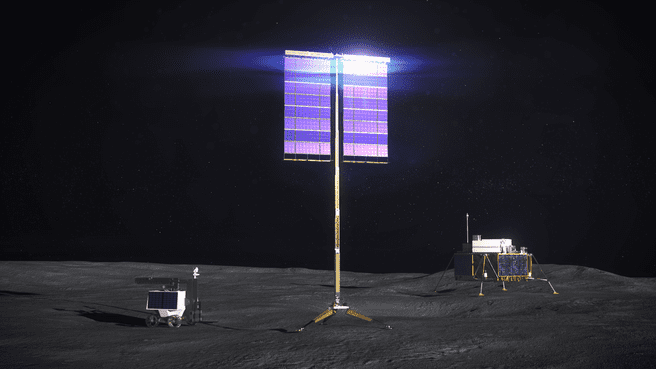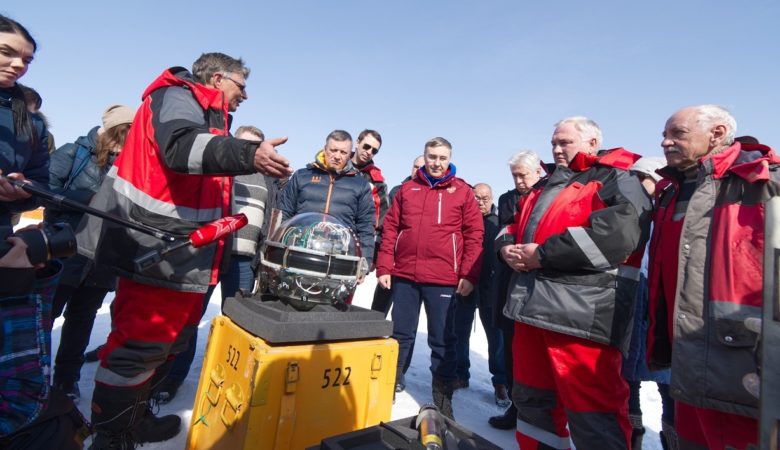
Radioactive iron isotope 60 has accumulated quite recently from space to the seabed and Antarctica.
Evidence of this has been obtained from seabed stratification and Antarctica. Traces of the iron isotope 60 have been found in them. This iron-60 is formed when a big star explodes as a supernova. The resulting elements and their isotopes spread into space after an explosion.
Radioactivity in the cloud would be very weak, weaker than nature’s own background radiation . However, with precise devices, it has been possible to detect it.
The Earth is currently moving in interstellar space within a local interstellar cloud .
The origin of the cloud is not entirely certain. However, it consists of slightly denser gas, dust, and plasma.
If this cloud was formed from the stars of an exploding star, it can be assumed that it also contains the elemental isotope of iron 60. Iron would also rarely come to Earth through the atmosphere.
And it is this isotope that has been found in Antarctica among fairly fresh snow. Snow has been deposited on Antarctica in just the last 20 years. This has been proven by accurate measurements by Australian nuclear physicist Anton Wallner .
Iron with its isotopes was found in the snow with a very accurate spectrometer that determined elements from a 500-kilogram sample . Sample snow was flown for measurements in boxes frozen in Germany from Antarctica.
A few years ago, iron-60 was also discovered in space close to Earth. Near-range gases have been studied for 22 years by Nasa’s Advanced Composition Explorer, a research probe .
Now Wallner and colleagues have found iron-60 in five samples of different deep-sea deposits. They have been taken from two locations with strata dating back 33,000 years to the past. The amounts of iron-60 in the samples are quite similar.
If the local interstellar cloud were the result of a fairly fresh supernova, the source of iron-60 would have had to rise on Earth when our solar system drifted into that cloud. This happened at some point after 33,000 years ago.
However, the amount remains stable throughout the period considered.
“Iron-60 could have come from even older supernova explosions, and we’d just measure some echo from it,” Wallner says in a university statement .
The study was published in the journal Pnas of the American Academy of Sciences .











